HellsWindStaff
Dharma Initiate
A PM with your email is all I need! The list will always be open.
I know I'm weeks late, but I've been reading the last few pages and I'm pretty interested in it.....some beautiful artwork you got going on. Expect a PM

A PM with your email is all I need! The list will always be open.

I don't think this Carbon addition would be a necessity and would only further complicate the process of maintaining the vape and acquiring the needed materials.
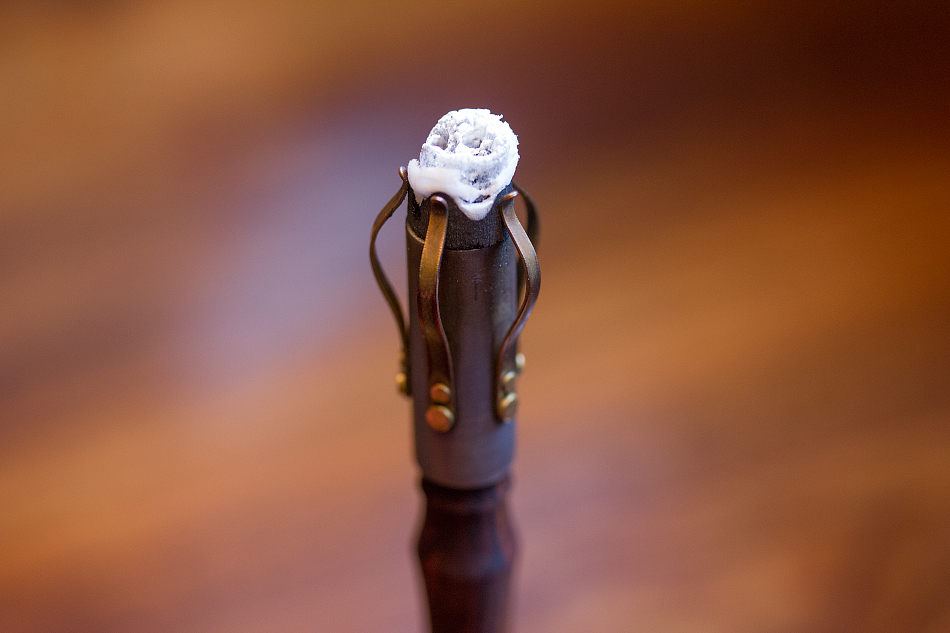

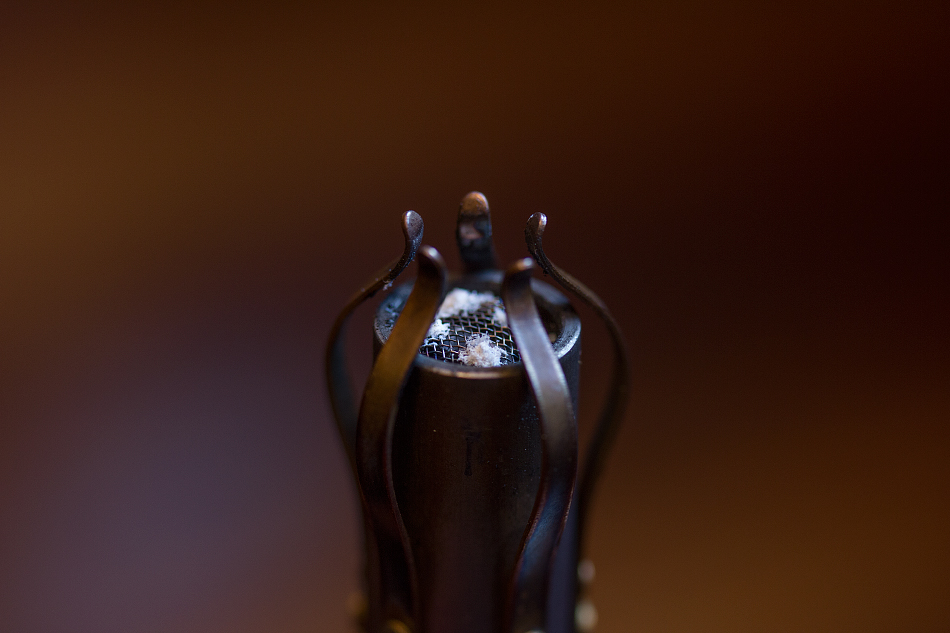
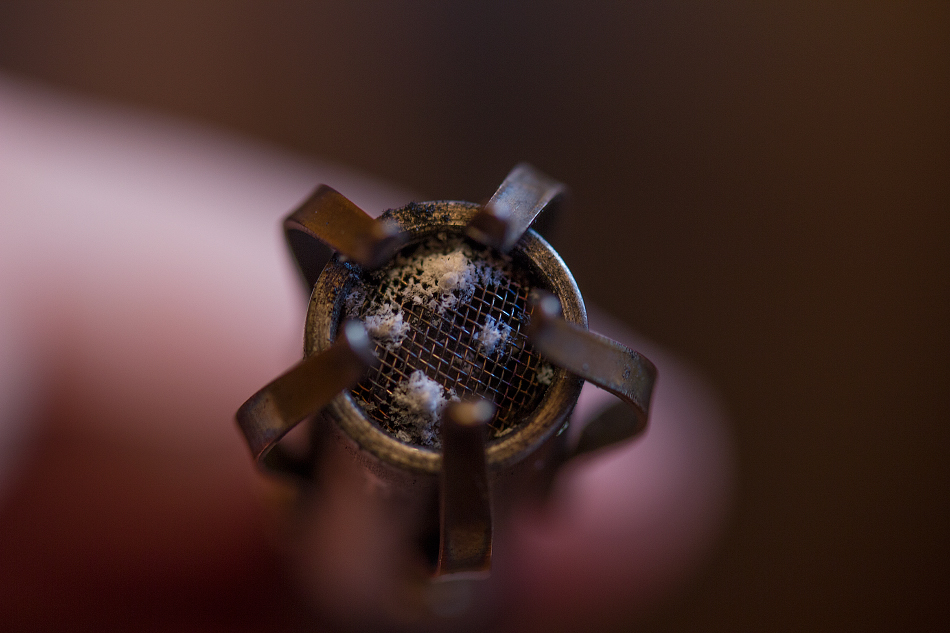
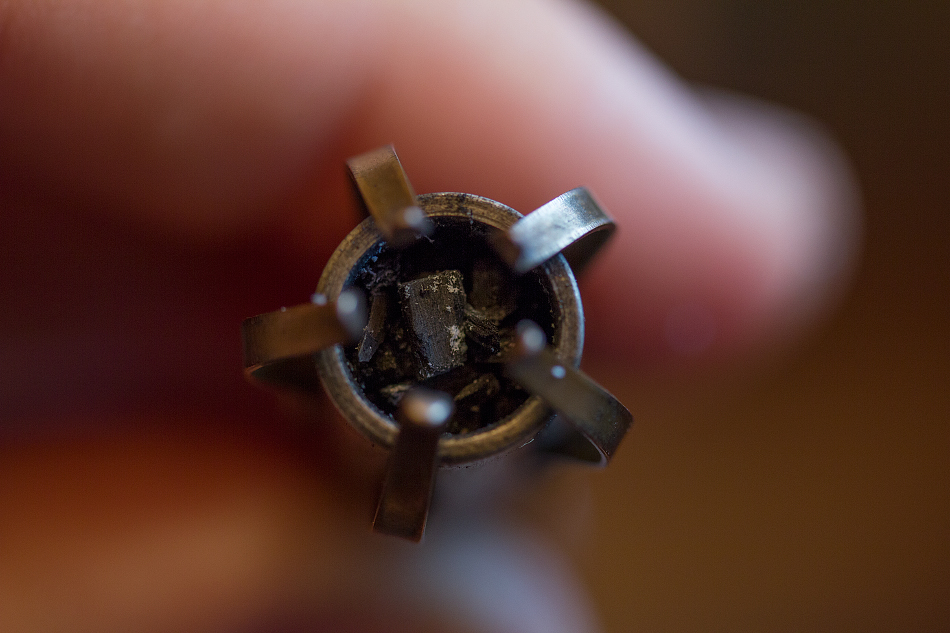
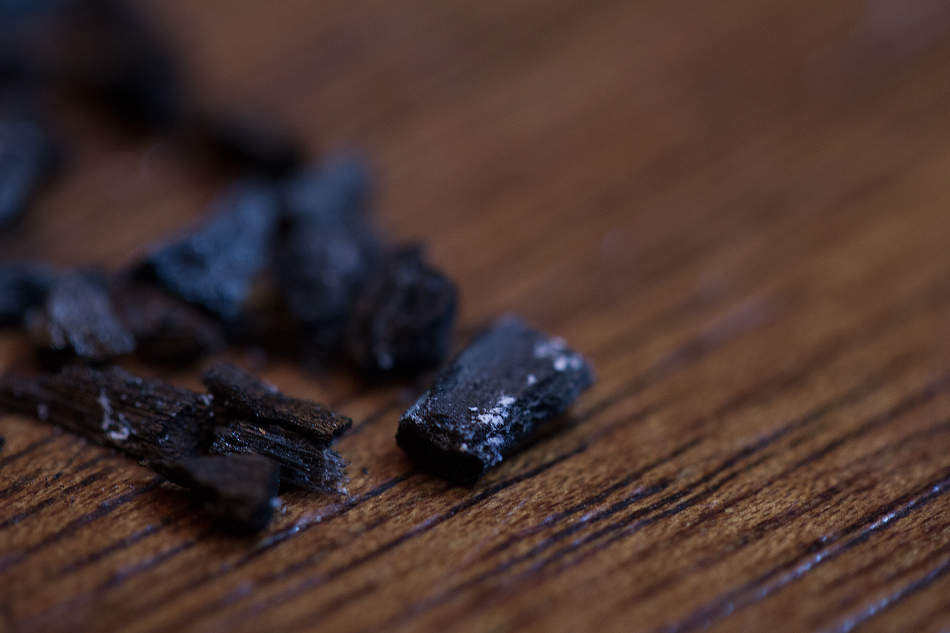
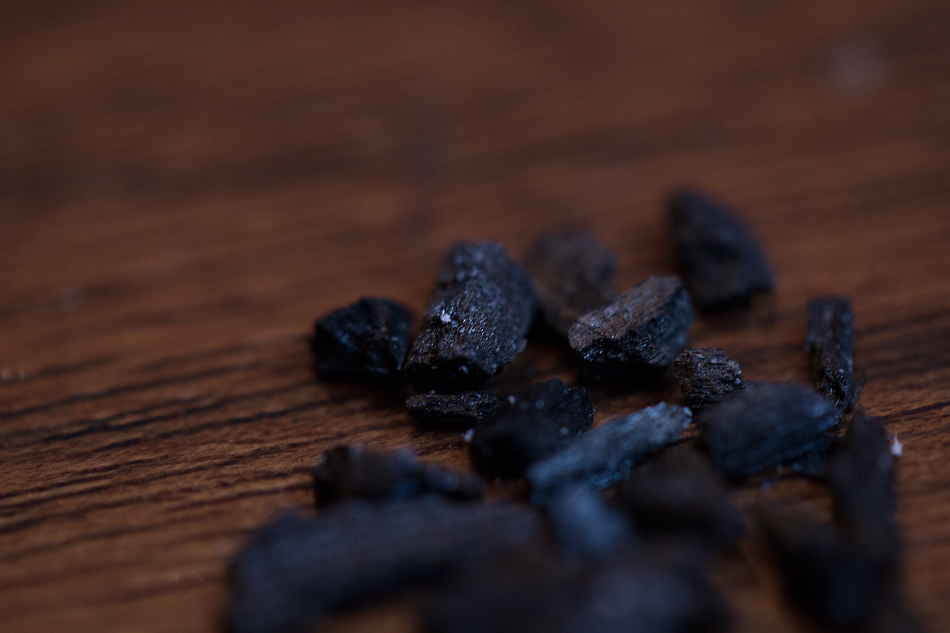
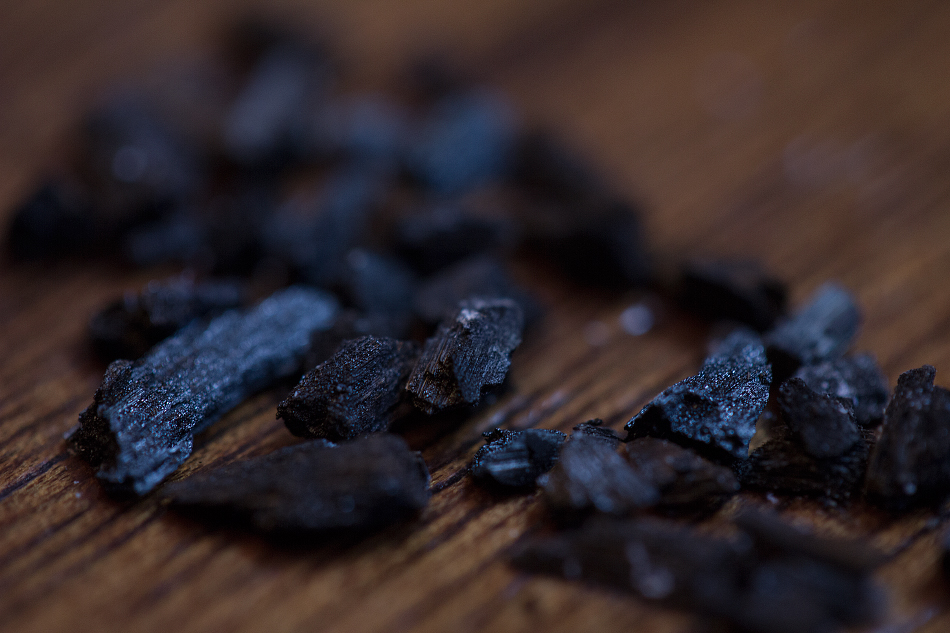
why do you say that? Because I was under the impression it is perfect for filtration. Furthermore, since active carbon and charcoal are pretty much the same thing, I know they make active carbon pellets, something like this:active carbon does not seem to be very good at filtering dust/ash anyhow.
Would a very dense screen under the charcoal mess with the airflow? It could trap most of the ash wouldn't it?
Where have you been all my life?!!Making mistakes so you don't have to...

Pak - if you can, get yourself some pipe cleaners with bristles (a mixture of fluff & bristle). They are sturdier and do a much better job of loosening debris without leaving the soft fluff behind. The softer pipe cleaners without the bristles are more for wicking out the accumulated moisture, which would be a good follow-up to the bristle cleaning. The longer ones can be folded to double the width and form a tighter scour for moisture and routing the stem. http://www.pipesandcigars.com/pipe-cleaners/66605/dills-pipe-cleaners/This morning I learned a valuable lesson. I wanted to see if cleaning out the stem with a pipe-cleaner would make any difference. I couldn't detect any, which didn't surprise me. The pipe-cleaner came out pretty clean, so there's not much build-up in there yet. The lesson is this: if you clean out your Okin with a pipe-cleaner, be sure to blow through it before you inhale. I got a mouthful of fluff from the shitty pipe cleaner I used. Don't do this at home, folks!
Your devoted beta tester, pakalolo
Making mistakes so you don't have to...
Pak - if you can, get yourself some pipe cleaners with bristles (a mixture of fluff & bristle). The are sturdier and do a much better job of loosening debris without leaving the soft fluff behind. The softer pipe cleaners without the bristles are more for wicking out the accumulated moisture, which would be a good follow-up to the bristle cleaning. The longer ones can be folded to double the width and form a tighter scour for moisture and routing the stem. http://www.pipesandcigars.com/pipe-cleaners/66605/dills-pipe-cleaners/


HAPPY DAZE!I'll be sending them out to the testers tomorrow, and hopefully this will be the last change!


This sounds like my esv, where I would ramp up my draw at the end of a hit to cool it off, and would unfortunately combust. It's pretty much the opposite of all my other vapes (never used an mflb).It is easy to pull too hard on the Okin and ruin the flavour, or worse, start combustion. It's also easy not to pull so hard and with breath control, you can get nice thin tasty vapour or thick cloudy stuff. The Okin works best with light, MFLB-style draws. If you pull too hard, the temperature climbs rapidly and you will overshoot and get a burnt taste, or actual burning.
This sounds like my esv, where I would ramp up my draw at the end of a hit to cool it off, and would unfortunately combust. It's pretty much the opposite of all my other vapes (never used an mflb).
